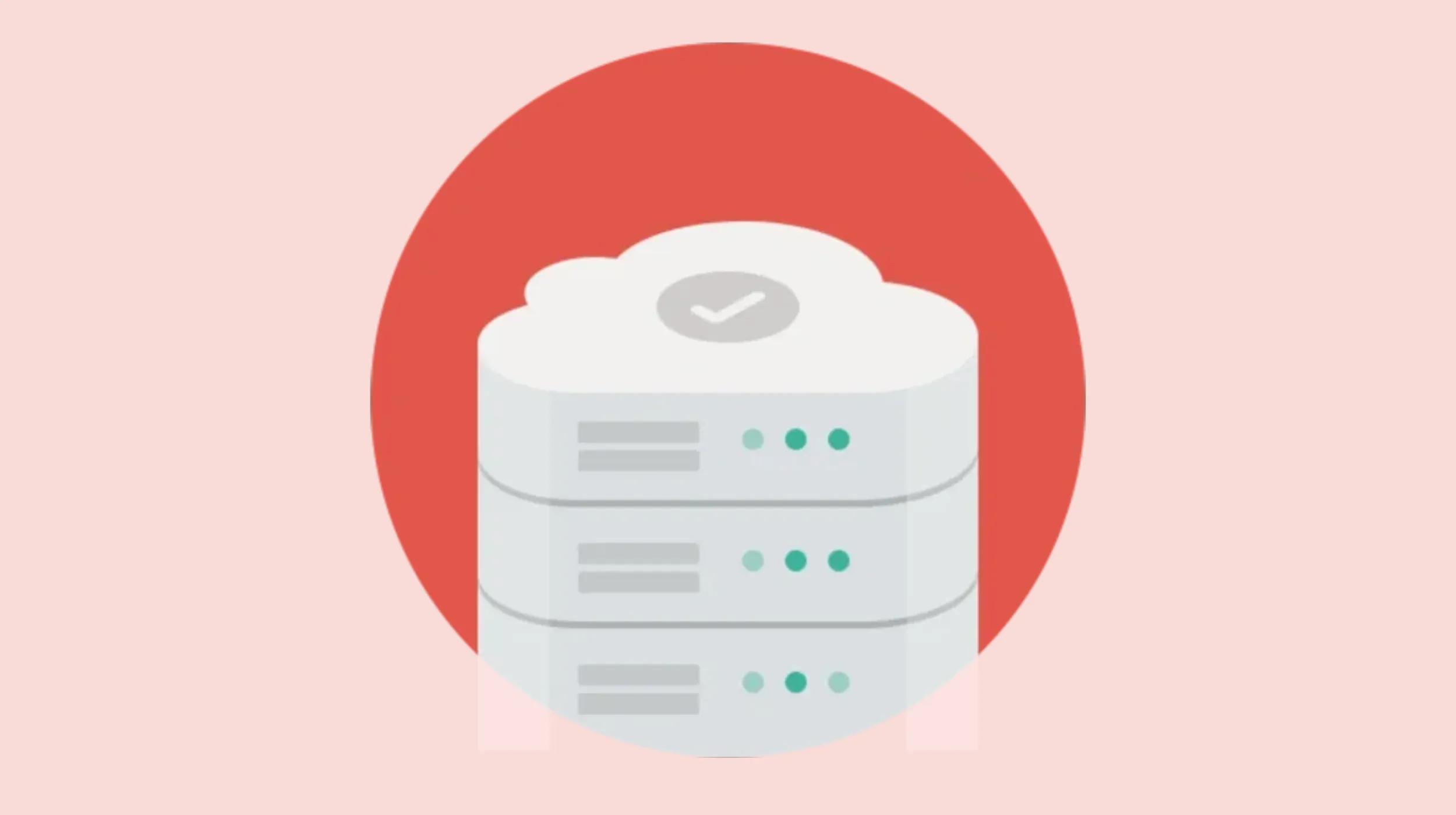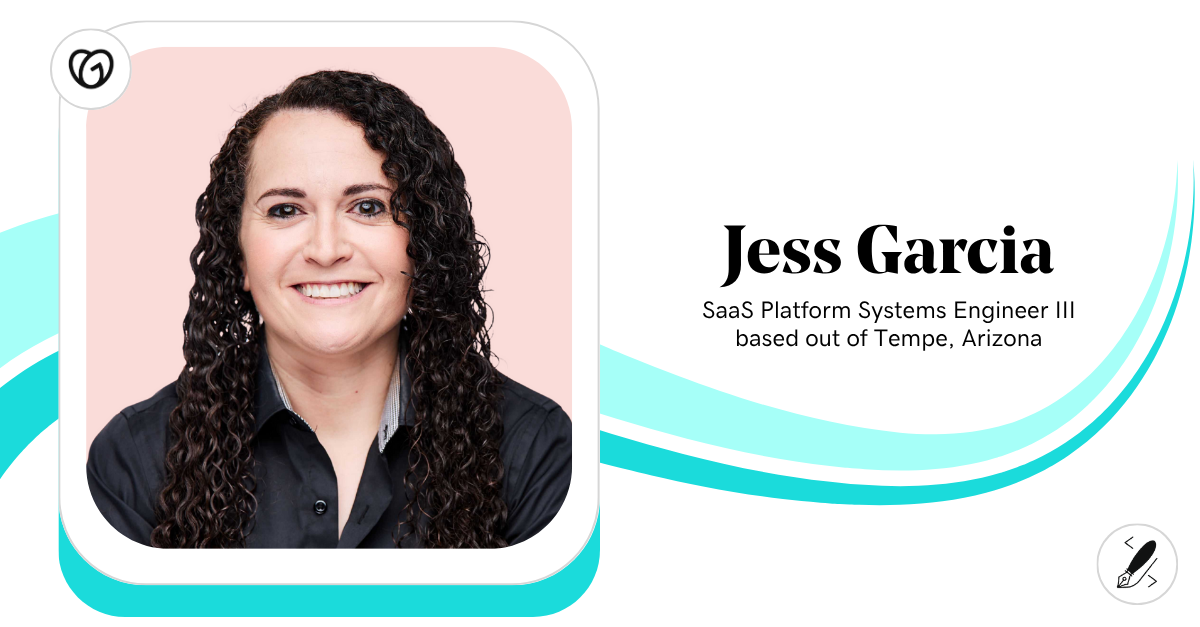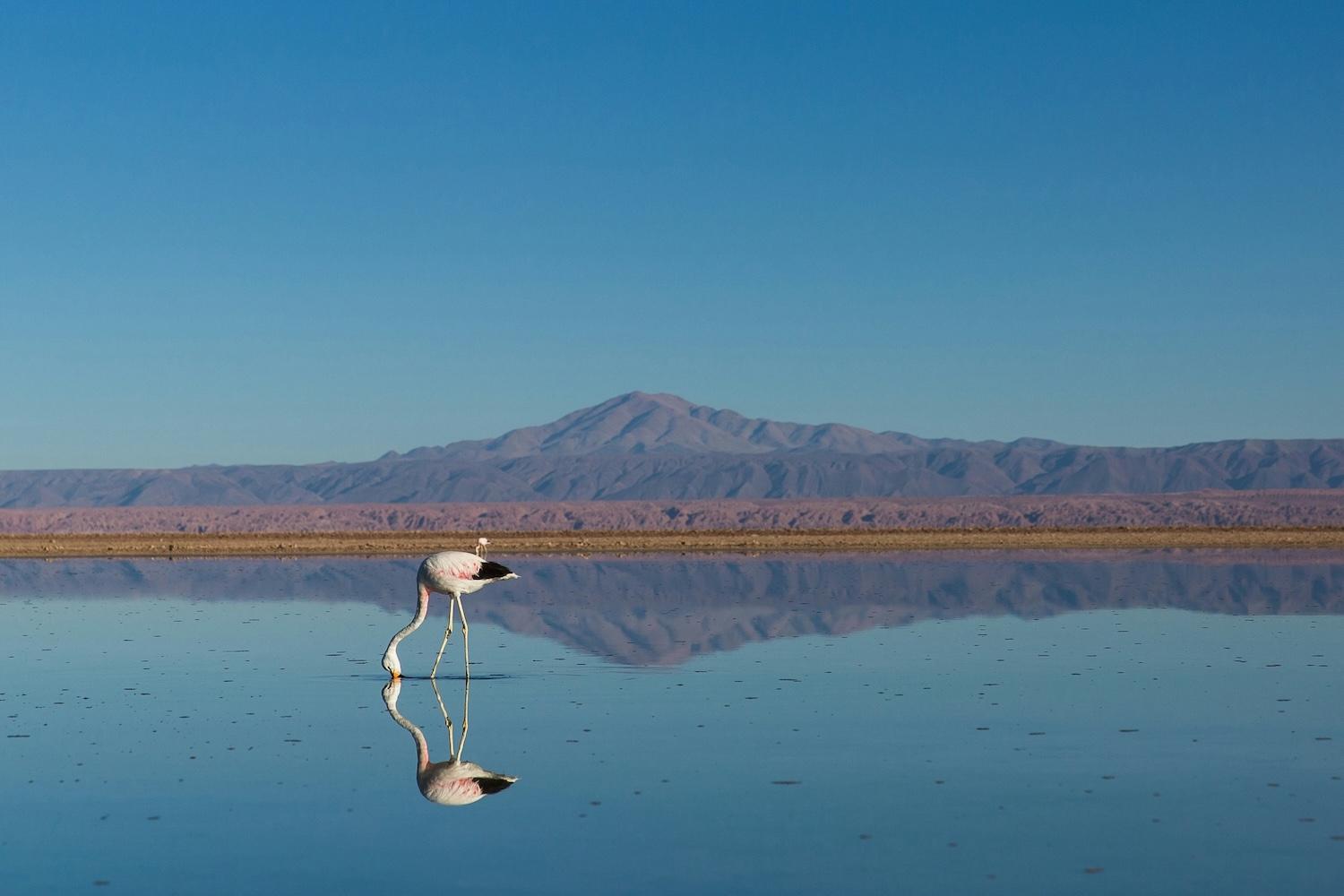Although customer acquisition is crucial for any business, what’s even more important is building customer loyalty.
The cost of acquiring a new customer is six times higher than that of selling to a previous one, which means it’s hard to run a profitable business if all your sales are one and done. And your existing customers are often willing to spend more than a first-timer, because they’ve already built trust in your business.
Since many of the most successful corporations have fine-tuned the art of creating loyal customers, they serve as useful examples for smaller businesses. Once you know the top strategies in customer loyalty and how big businesses use them, you can learn from those lessons to keep customers coming back.
The quality of your business
As basic as it might sound to say “quality comes first,” the fact is that no customer loyalty strategy will work if your quality is lacking.
Every successful business separates itself either through high-quality products and services or low prices.
Competing on price is generally only an option for the Walmarts of the world, as they can move a massive volume of products. For small businesses, it’s better to compete on quality.
Apple and Zappos have used the quality of what they offer to make themselves worth billions — albeit with different emphases. Apple inspired a legion of devoted enthusiasts through unique, intuitive product designs, while Zappos focuses on top-tier customer service that generates good word of mouth.
The evolving customer loyalty program
Loyalty programs are perhaps the most popular way to encourage customer loyalty. But because so many businesses use them, a standard program where customers just earn points on their purchases probably won’t do you much good. Companies that use this strategy may well find special perks that make their programs more beneficial than the average one.
The travel industry provides terrific examples of this idea in action. Almost every major airline and hotel has a loyalty program and their own credit cards that earn consumers points on every purchase. But the best hotel programs and credit cards — like these — sweeten the deal with generous bonuses, one free stay per year and other benefits.

Then you have Alaska Airlines, which has managed to stand out through a benefit most other airlines don’t have. It draws in travelers by offering companion passes with two of its credit cards, allowing another person to fly with the cardholder for only $99 plus taxes and fees.
Maybe companion passes are completely outside your business’s wheelhouse, but if you think outside the box, you’ll find ways to make your customer loyalty program special.
You could reward customers with points for sharing your business’s posts on social media, or have special events and sales that are open to program members only.
A personal touch
What’s more likely to grab your attention: a marketing email with a generic headline about a sale, or one with a message that has your name in the subject?
If you’re like most people, your name will automatically draw your eye.
Now, emails that address the reader like this are just one way businesses use personalization to their advantage, but they demonstrate how powerful that personal touch can be.
Amazon (and most of the other big names in eCommerce) do it with product recommendations, which also increase the likelihood of impulse buys. Music streaming apps, such as Spotify, bring listeners customized playlists.
While you can use analytics to dive into buying behaviors and give your customers product recommendations, starting smaller is also a good option. Even a simple “thank you” message after every purchase with a request for feedback can make people feel more valued, as opposed to just another customer.

Social responsibility
In recent years, consumer preferences have shifted towards socially responsible companies. That trend is even more pronounced among millennials, who will soon be the dominant generation in terms of buying power.
Consumers like to see businesses that have causes other than making money.
This could mean making a commitment to using renewable energy sources — something Google accomplished in 2017 — or working on animal preservation efforts, which LEGO did when it partnered with the World Wildlife Fund.
Everyone has causes that are important to them. Instead of keeping them a separate part of your life, make them part of your business and be open about it. Your customers will have a more positive image of your brand — and that will make them want to do business with you.
There are all kinds of strategies used for customer loyalty, but they’re not all created equal. The four above have proven to be successful at every level of business, from the small online-only stores to the corporations with thousands of employees. Using them at your business can help you build a strong base of passionate customers.







